When comparing Camera versus Phone, it is clear the Smartphone is easily a match for the classic point-and-shoot. However, smartphones fall short against advanced DSLR and Mirrorless Cameras in 6 important ways. For instance, thanks to their large sensors, advanced cameras perform better in low light and are more effective in capturing fast-action. And advanced cameras feature better ergonomics and the flexibility of interchangeable lenses.
On the other hand, the smartphone offers unrivaled convenience and functional image quality under common conditions. Here are 6 reasons why advanced cameras are better than smartphones. Skip to Conclusion
1. Camera versus Phone: Image Quality
Mirrorless and DSLR cameras have far superior image quality than Smartphones. For example, Samsung and Huwai have repeatedly been caught promoting their smartphone cameras with photos taken with DSLRs.
Thin smartphones need small cameras with small lenses and small imaging sensors. In fact, the sensor found in an average smartphone is 20-times smaller than those found in the cheapest entry-level DSLRs.
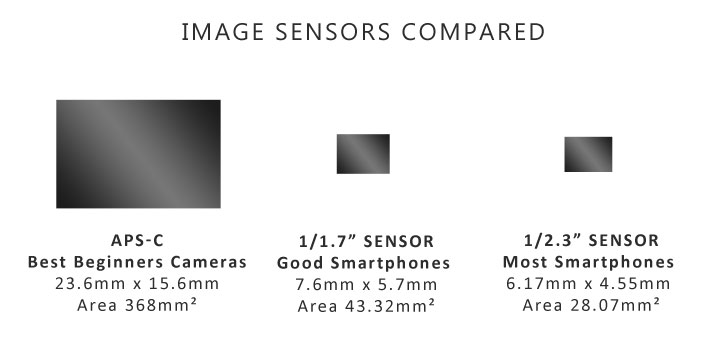
As a result, the Smartphone has to render a photo with 20-times less light. For this reason, smartphone photos are grainer and less detailed, and particularly poor in low-light situations. View sensor size comparison
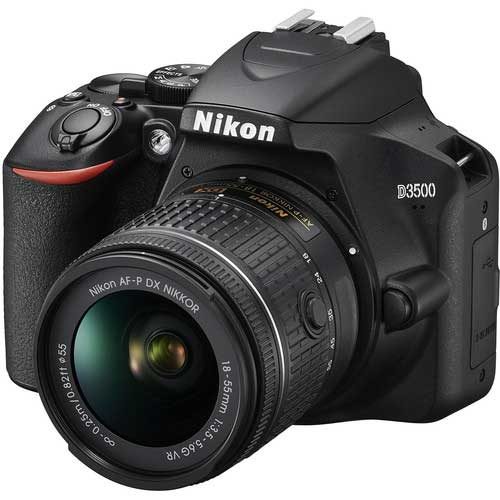
To improve matters, some smartphones deploy digital trickery to improve image quality. However, such tricks have limitations, particularly when it comes to photographing moving subjects.
Yet, image quality may not be important to you. If you limit viewing your photos to your phone’s screen or social media, even a terrible photo will look good enough. But if you want sharp action shots or wish to print big, a traditional camera might be for you.
2. Camera versus Phone: Lenses
The latest iPhone, the iPhone Pro Max 12, features 3 front-mounted lenses with focal lengths equivalent to 13mm, 26mm, and 65mm.
If you are new to focal length, let me put this into context. A landscape photographer likes to use lenses with a focal length ranging between 14 and 28mm, whilst an 85mm or 105mm lens is ideal portraiture.
On the other hand, sports photographers prefer a bit of reach and love a 70-200mm zoom lens. But we cannot talk about reach without mentioning those poor wildlife photographers dragging around their massive 600mm’s.
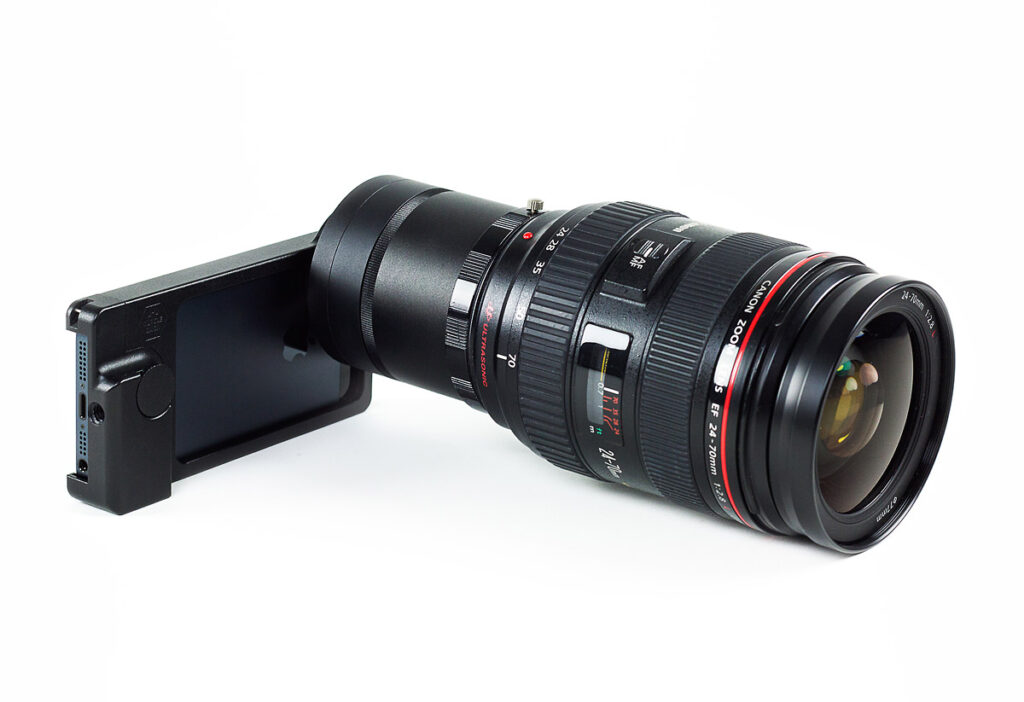
However, lenses are also about perspective and distortion. For example, the iPhone’s 13 and 26mm lenses are bad for portraits since they distort facial features. And while the iPhone 12 features a longer 65mm lens, many cheaper smartphones do not.
In photography, your lens is as important as your camera. If you do wish to take certain types of photos, from portraits to birds on a branch, you need a camera that can accommodate the right lens.
3. Camera versus Phone: Bokeh
Bokeh, or background blur, creates a contrast between your sharp, in-focus subject and blurred surroundings creating an eye-grabbing 3D aesthetic. Furthermore, background blur is useful to isolate your subject from distracting background clutter such as passers-by and litter bins.

Sadly, the tiny lenses squeezed into your 7mm deep smartphone are too small to produce this effect. As an alternative, some smartphones add blur digitally. However, if you want proper, superior optical blur (and you should!), you’ll need a DSLR or advanced mirrorless camera. Read more about blur and depth of field
If you happen to already have a DSLR or mirrorless camera, you can melt away those backgrounds for less than $200 with these bargain lenses.
4. Camera versus Phone: Handling
As Earth’s most advanced primates, most of us would prefer to press a button, spin a wheel, or throw leaver than stroke a touch screen. Just ask the US Navy!
I for one find stroking my smartphone towards taking a photo a deeply numb experience. On the other hand, my real camera has real buttons, dials, and a shutter that makes a nice ‘clunk’ sound when I take a photo.
Not only are physical controls more satisfying and engaging to use, but they are also more practical. If you want to zoom and shoot at the same time, you can. And if you only have a second to change a setting, no problem.
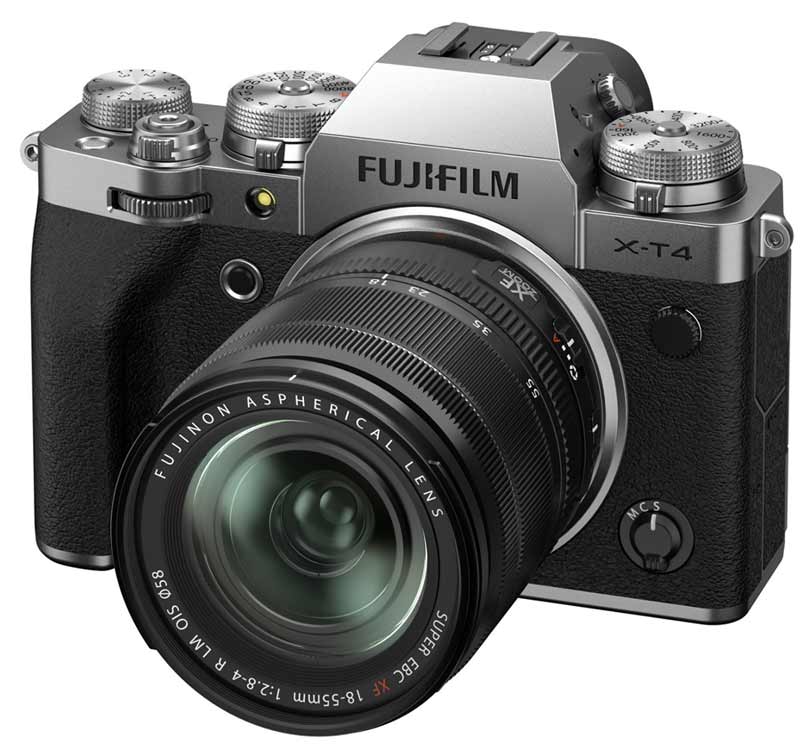
5. Viewfinders
Viewfinders are ideal on those occasions where bright light makes it difficult to use your rear screen. Also, they help with composition as they serve to isolate your scene from your peripheral vision.
And finally, the action of holding a camera closer to your body and up to your eye helps steady the camera for sharper photos. Read more about taking sharper photos
6. Looks
Let’s face it, nobody buys a Rolex to tell the time. And nor has anyone bought a Leica just to take photos.
Admittedly, some cameras look just as dull as smartphones. On the other hand, Olympus and Fujifilm make some beautiful looking cameras. After all, there’s no reason why you can’t be shallow and take great photos.
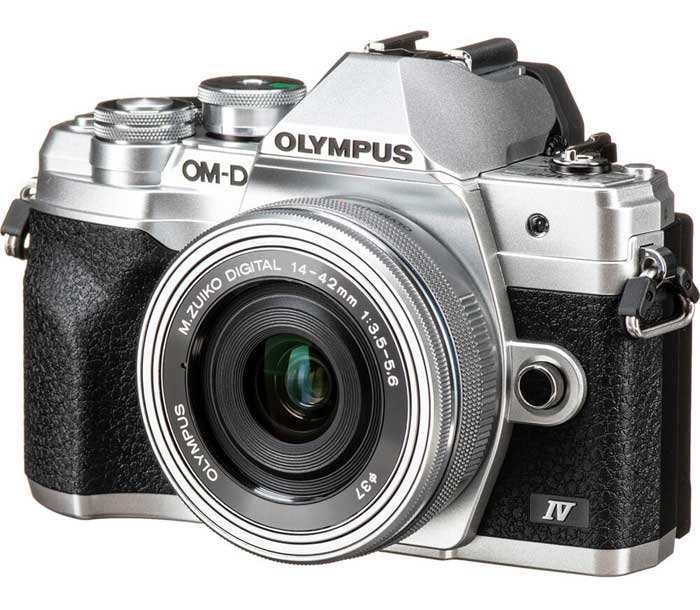
Conclusion
Smartphones deliver serviceable image quality in a ludicrously convenient and pocketable package. Thus, it is no surprise they have made the classic point-and-shoot redundant. And if you are considering buying a classic point and shoot, don’t be surprised to find your smartphone takes a better picture.
However, are smartphone cameras better than DSLR and Mirrorless camera systems? No. In fact, DSLRs and Mirrorless cameras are superior by every photographic measure. As a result, a DSLR or mirrorless camera can take better photographs of more things under more conditions.
Of course, whether a DSLR or mirrorless camera will make a difference to your photography depends on how satisfied you are with your photos. If you are happy with your smartphone’s output, there is no reason to upgrade.
But if you find yourself impressed by the photos taken by others – it is possible they were taken with a DSLR or Mirrorless camera and cannot be replicated with your smartphone camera no matter how talented a photographer you are or become.
This is because Smartphone cameras are intrinsically limited by the Smartphone’s compact form. On the other hand, an advanced camera and lens can be as big as it needs to be to get the best result.
If you are happy to stick with your smartphone, a little subject awareness and composition can go a long way.
Alternatively, you can browse some of the best cameras for beginners right here.
What do you like best about your Smartphone and how do you think it could be better?
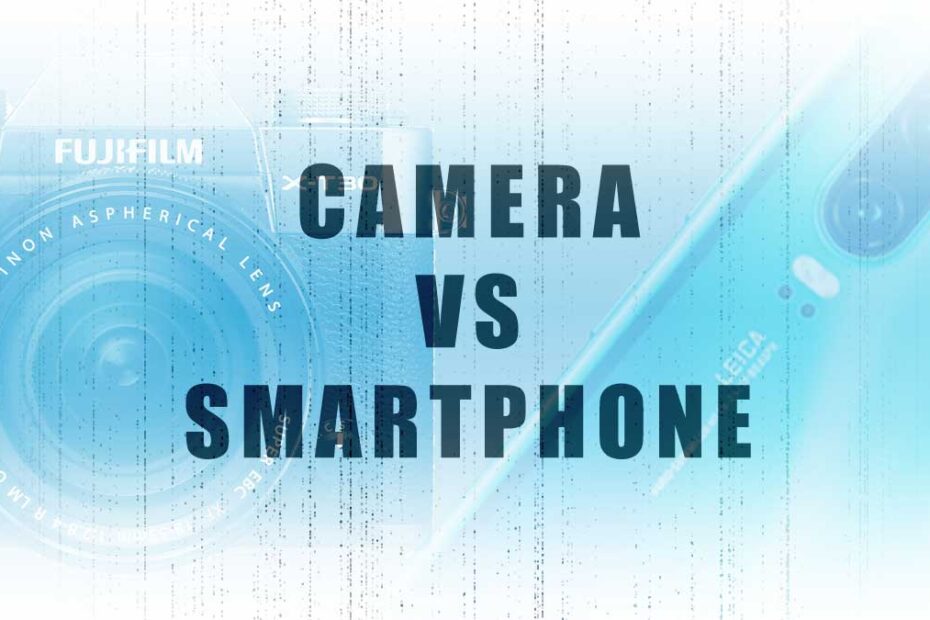
But as you and others have demonstrated so clearly, even a cheaper point and shoot camera on a tripod set to a timer, will take much better non face distortions for self portraits than a selfie taken with the wide angle lens of camera phones.
Indeed, with any wide-angle lens comes distortion. After all, that’s how they work.